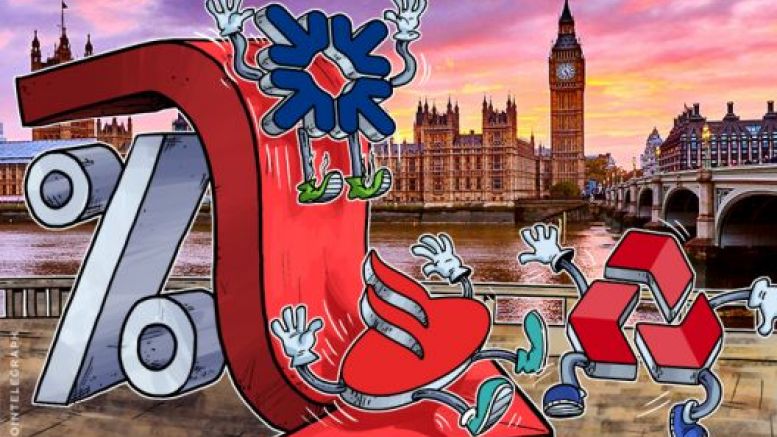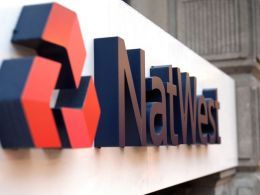
UK’s Largest Banks to Charge Negative Interest Rates; Merit of Bitcoin?
Over the past few days, some of Britain’s major banks including Santander UK, the Royal Bank of Scotland and UK-based commercial bank NatWest have been notifying their customers of potential implementation of negative interest rates on current bank accounts. While the RBS and NatWest are yet to disclose the timeframe of the cut in their interest rates, one of Britain’s largest banks, Santander UK, has told its customers that the bank is decreasing the interest rate of its 123 Current accounts from 3% to 2%. Santander UK’s 123 Current account has been serving millions of customers since....
Related News
A new report reveals that more than 300 banks in Germany are now charging some customers negative interest rates. Some are big global banks, including Deutsche Bank, Commerzbank, and ING. 300 Banks Pass on the Burden of Negative Interest Rates to Customers Banks in Germany have been increasingly passing on the burden of negative interest rates to their clients after the European Central Bank (ECB) adopted a negative interest rate policy. After lowering one of its key interest rates into negative territory in June 2014, the ECB then lowered the deposit facility rate incrementally until it....
European Central Bank. In a landmark monetary policy move, the European Central Bank (ECB) has announced negative interest rates. The ECB will charge an interest rate of -0.1% to banks wishing to store euros within central bank vaults. Domestically, the intention is to prod banks into lending money to businesses as opposed to buying government bonds. Internationally, the intention is to cause depreciation of the Euro relative to other currencies to increase the competitiveness of European exporters. It is unlikely that individual users in the 18 countries under the ECB's control will see....
The Central Banks of Japan and Europe have imposed negative interest rates on deposits. Would these blunt monetary tools of Central Bankers be effective if bitcoin adoption becomes widespread? Negative interest rates are the tools of Central Banks. Christine Lagarde, International Monetary Fund Managing Director, says: Negative interest rates are the emergency tools of Central Banks - they spur lending and investment in the economy when traditional measures have failed. Investors may tolerate marginal negative yields on sovereign debt because it is a safe investment, and they may be forced....
A large retail and commercial bank in the United Kingdom, National Westminster Bank Plc, or NatWest, has recently warned its customers that they may be charged negative interest rates. This is the first time a UK high street bank has threatened negative interest rates on customer savings. Natwest Imposes Negative Rates on Business Accounts. For now, the....
The Bank of England has moved closer to adopting a negative interest rate policy. The central bank has asked commercial banks in the U.K. to provide details of how ready they are to deal with negative interest rates, asserting that for the policy to be effective, commercial banks need to be ready to implement it. Bank of England Engages Commercial Banks on Negative Interest Rates The Bank of England has asked commercial banks how ready they are to implement negative interest rates. This followed the central bank’s Monetary Policy Committee (MPC) revealing that it would assess the....





